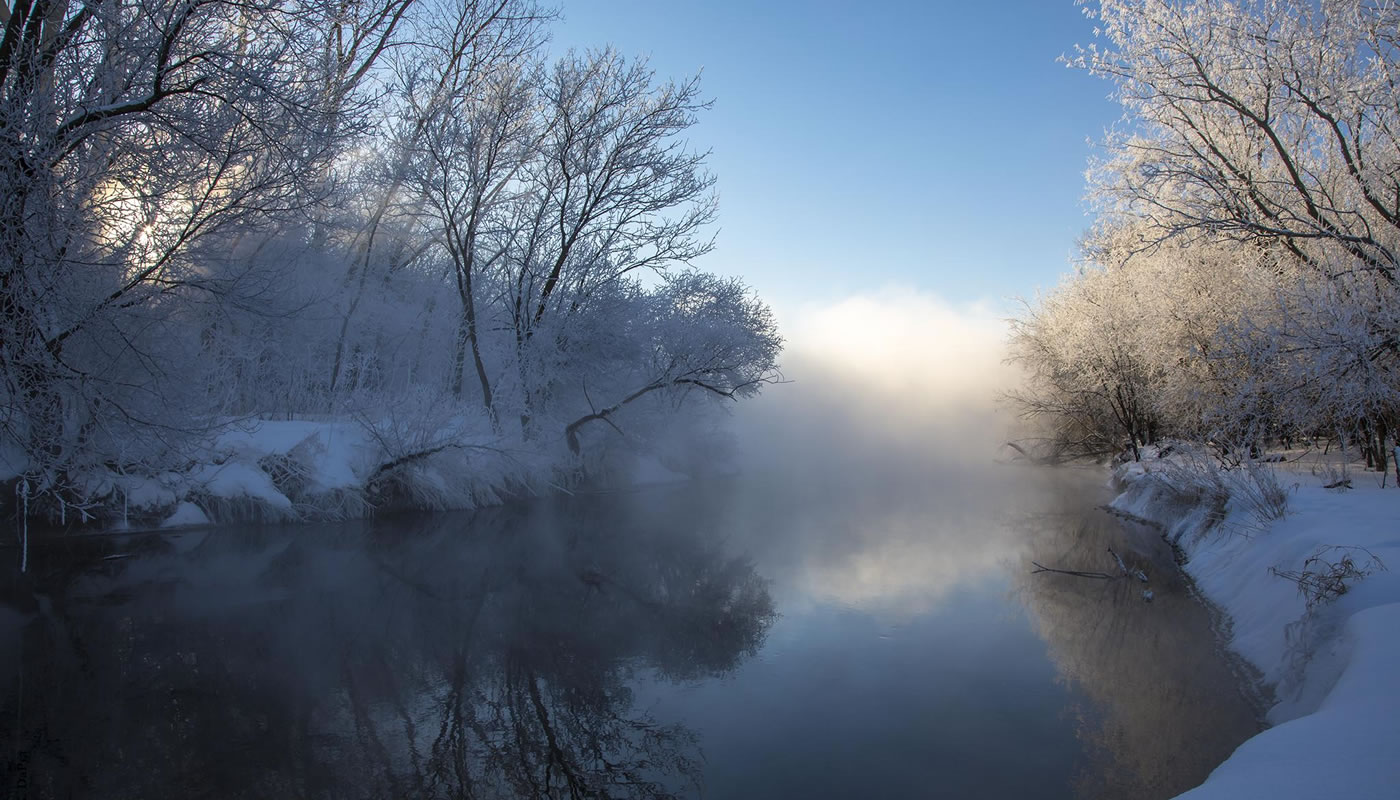As the crisp winds of winter sweep into Cook County, a magical metamorphosis occurs in the Forest Preserves. Brace yourself for a journey through this ethereal seasonal shift. Here are five interesting facts about wintertime nature occurrences:
- Many fish, like the northern pike, take advantage of winter by spawning under the ice and can adapt to survive in low-oxygen conditions. This strategic timing allows the eggs to develop in a protected environment, providing a head start for the young fish when they hatch. They may adjust their behavior, seeking out areas with sufficient oxygen levels or using adaptations to extract oxygen from the water.
- Northern cardinals are known for their striking red plumage. During winter, they may seek sheltered spots and fluff up their feathers to minimize heat loss. Their bright colors make them easy to spot against the winter landscape.
- Wild bergamot, also known as bee balm, is a perennial herb with aromatic leaves and attractive pinkish-purple flowers. This plant showcases frost tolerance, allowing it to withstand the formation of ice crystals within their tissues. It is a valuable resource for pollinators during the growing season.
- The shifting seasons prompt trees to shed their leaves, unveiling the stark beauty of their bare branches. Oak and maple trees shed their leaves in the fall as a strategy to conserve energy. This adaptation helps them reduce water loss and potential damage from freezing temperatures during winter.
- Squirrels are known for caching food during the fall. They create stashes of nuts and seeds in various locations and rely on these hidden supplies during winter when foraging becomes more challenging.
Are you interested in exploring winter happenings in the Forest Preserves? Discover a variety of winter activity ideas and events throughout the county!

